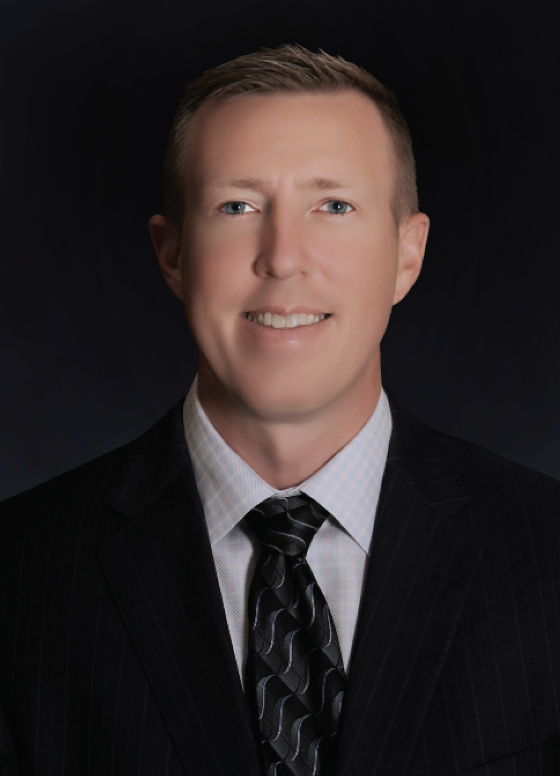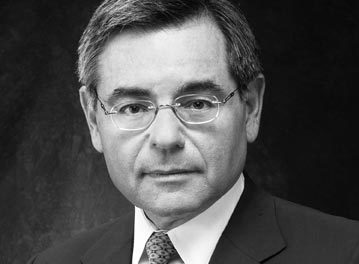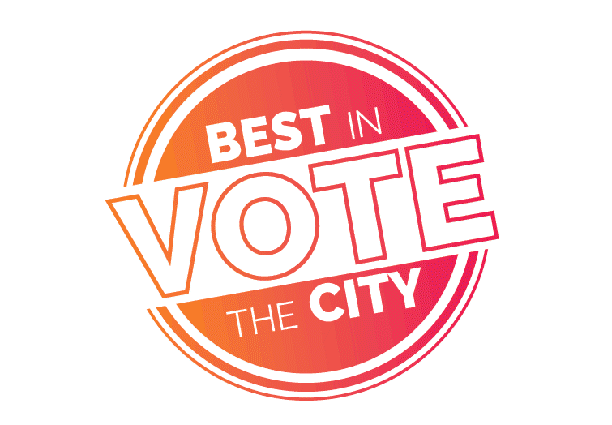
“What the #?*! do I do now?”
By Robert Tilley Jr.
“I’m going to ditch in the ocean—everyone, brace for impact.”
In 1957, just after the start of the Vietnam War, my grandfather, Thomas White, was on a late-night flight 30,000 ft over the East China Sea on TDY from Clark Airforce Base in the Philippines to Okinawa, Japan. Two years into the war, the airplanes in that region suffered from both a lack of maintenance and over-use, a fact which became shockingly apparent, 200 miles into the 1400-mile trip when the furthest outside left engine on the four-engine plane stalled out and would not restart. The captain informed everyone that he would be continuing to the destination with just the three remaining engines.
Seven hundred miles out, the furthest point from any potential landing point, the second engine stalled out on the same side and would not restart. The plane dropped from 30,000 ft to 3,000 ft in a matter of minutes as the pilot advanced the remaining two engines to maximum power to stay aloft. The pilot informed all passengers and crew that he was going to ditch in the water somewhere near land, after he verified their location with ground control, so that rescue could find them because there would not be enough fuel to get to Okinawa. Luckily, the navigator evaluated the situation and calculated that if they lost all the extra weight in the plane, they could make it the remaining seven hundred miles to Okinawa. The crew opened the cargo doors, and my grandfather and half of the other 112 souls on board who were military, began quickly relieving the plane of cargo, suitcases, military equipment, seats, and anything they could remove, disassemble, or break off to lighten the load. The aircraft was met three hundred miles out by search planes and rescue helicopters, but as the navigator calculated, the aircraft landed safely in Okinawa. My grandfather was friends with the ground-crew chief, and stuck around after his arrival to ask him how much fuel the aircraft had remaining. The crew chief said that the navigator must have known his stuff because the fuel was unmeasurable.
The lesson learned from the plane trip story is that every business needs a skilled navigator that can add value to the hard decisions business owners must make in deciding what changes must be made due to the COVID-19 pandemic, especially if they are thinking they might not make it. Who is your navigator? This unprecedented time in contemporary history has upended normal business operations in such an unforeseen way that it is not only nearly impossible to prepare for but perplexing to triage. While some businesses have no option but to shutter temporarily, others are overworked with not enough employees and equipment to fill the need. But, even then, the entire business operations change due to social distancing and concerns of infection and spread, balancing productivity with a new type of risk. With that, a new normal of barely managed chaos has taken hold.
Although it appears the United States is starting on the downside of the curve, other countries and continents, such as India and Africa, have not yet peaked. Both within the United States, and globally, businesses will be forced to rethink the way they operate—to adapt or be culled from the herd. The ongoing global pandemic will continue to present severe challenges to businesses who are not only trying to adapt, but also stay profitable. Whether the challenge is the current global personal protective equipment (PPE) shortage, remote workers, essential employer businesses trying to prevent employee infection, or a temporarily shuttered businesses wondering how to reopen in a manageable way, all face the same question… “What do I do now?”
“Risk comes from not knowing
what you’re doing.” – Warren Buffet
In Robert Mnookin’s book, Bargaining with the Devil: When to Negotiate and When to Fight, he offers us all some sound advice. When faced with a “Devil” such as the COVID-19 pandemic, Mnookin explains that making a rational pragmatic assessment of any proposed business changes, vetted by trustworthy advisors, helps to balance different trade-offs and predictions, or different value judgments about whether ditching in the ocean is the right thing to do or is riding out the storm of COVID-19 the right answer? Your “navigator” helps take the emotion out of the business decisions, by having someone, your navigator, to solve the Warren Buffett risk dilemma by being confident that you know what you’re doing.
Thankfully, mitigating business risk by preventing employee exposure is a choice, and as a goal, is attainable with the right information and actions. Peter L. Bernstein, the father of investment economics in the United States, explains that “The word ‘risk’ derives from the early Italian word ‘risicare’, which means ‘to dare’. In this sense, the risk is a choice rather than a fate. The actions we dare to take, which depend on how free we are to make choices, are what the story of risk is all about…The essence of risk management lies in maximizing the areas where we have some control over the outcome while minimizing the areas where we have no control over the outcome.”
While we have no control over the fact that COVID-19 has forced us to change the way we do business, we do have control over whether or not we will adapt in ways to protect our company, our customers, and our employees. Although this presents challenges to business operations, essentially, it boils down to Occupational Safety and implementing controls and solutions around employee safety into the business operations.
Controlling exposures to occupational hazards is the fundamental method of protecting workers. Traditionally, a hierarchy of controls is used as a means of determining how to implement feasible and effective control solutions, and is promoted by the National Institute for Occupational Safety and Health (NIOSH) and the Centers for Disease Control and Prevention (CDC). The idea behind this hierarchy is that the control methods at the top of hierarchy are more effective and protective than those at the bottom. Following this hierarchy typically leads to the implementation of inherently safer systems, where the risk of illness or injury has been substantially reduced. NIOSH leads a national initiative with the CDC called Prevention through Design (PtD) to prevent or reduce occupational injuries, illnesses, and fatalities through the inclusion of prevention considerations in all designs that impact workers. This hierarchy of controls addressing employee safety is a fundamental PtD strategy.
Occupational safety and health professionals use the “hierarchy of controls” framework to select ways of controlling workplace hazards. In other words, the best way to control a hazard is to systematically remove it from the workplace, rather than relying on workers to reduce their exposure. During a COVID-19 outbreak, when it may not be possible to eliminate the hazard, the most effective protection measures are (listed from most effective to least effective): engineering controls, administrative controls, safe work practices (a type of administrative control), and PPE. There are advantages and disadvantages to each type of control measure when considering the ease of implementation, effectiveness, and cost, and likely, a combination of control measures are necessary to protect workers from exposure. In addition to the types of workplace controls discussed below, CDC guidance for businesses provides employers and workers with recommended COVID-19 infection prevention strategies to implement in workplaces.
Engineering controls involve isolating employees from work-related hazards, such as, work from home. In workplaces where this can be implemented, these types of controls reduce exposure to hazards without relying on worker behavior and can be one of the most cost-effective solutions to implement.
Administrative controls require action by the worker or employer, which inherently adds risk. Typically, administrative controls are changes in work policy or procedures to reduce or minimize exposure to a hazard, such as prompt identification and isolation of potentially infectious individuals as a critical first step in protecting workers, visitors, and others.
Safe work practices are types of administrative controls that include procedures for safe and proper work which are used to reduce the duration, frequency, or intensity of exposure to a hazard.
While engineering and administrative controls are considered more effective in minimizing exposure to COVID-19, PPE may also be needed to prevent certain exposures. While correctly using PPE can help prevent some exposures, it should not take the place of other prevention strategies, and in light of the PPE shortage, those strategies should be even more in the forefront than usual.
As Jack Welch, former CEO of GE famously said, “Don’t manage – lead change before you have to.” The change is coming. We have already been plunged into managing chaos, but from this chaos can come a clarity that will help develop the long-term business plans, goals, and strategy. “Create a vision, articulate the vision, passionately own the vision, and relentlessly drive it to completion.”





